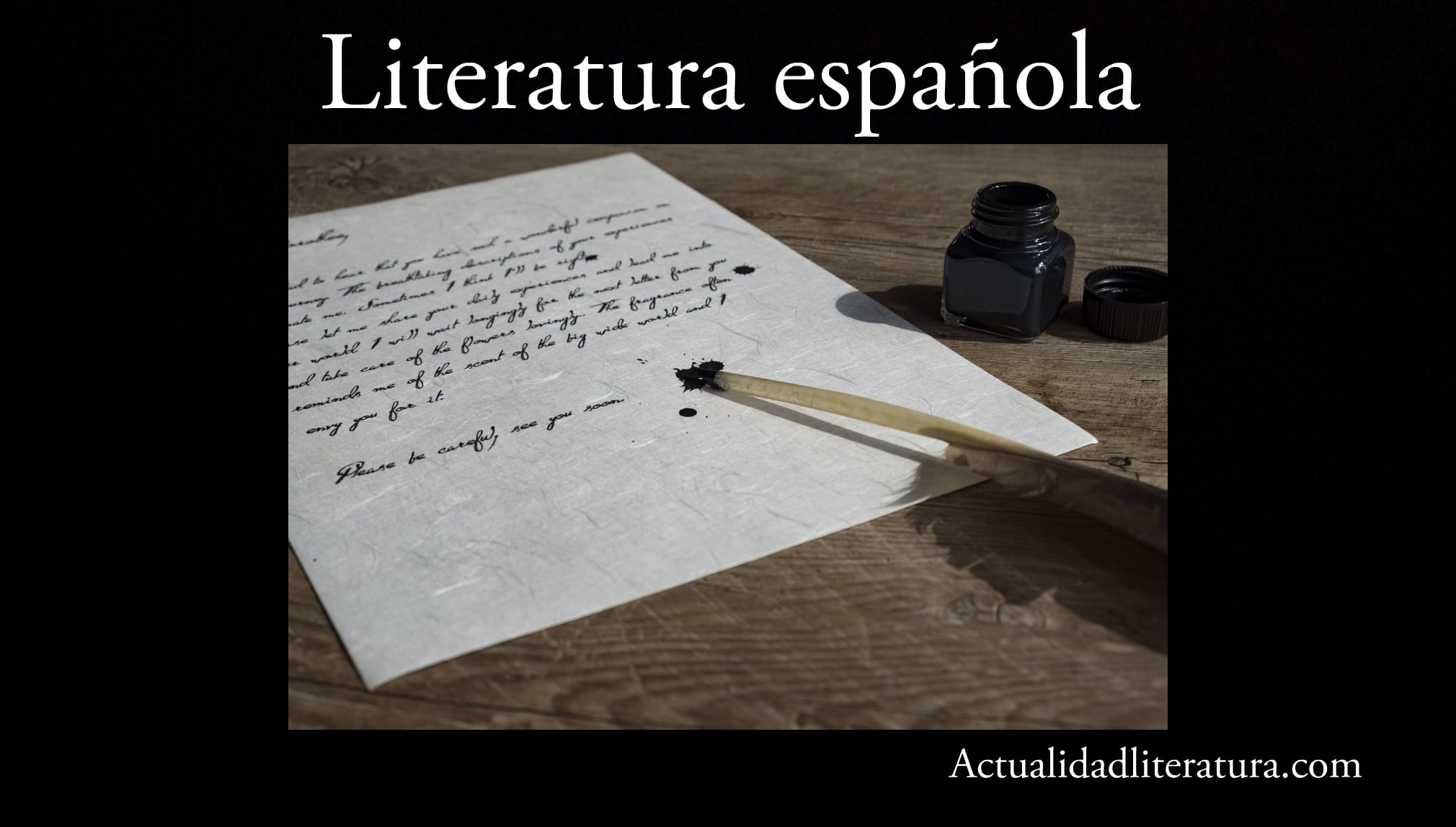
Spanish literature.
Spanish literature is called that developed in the Castilian language. Therefore, it includes original Spanish writings and Hispano-Latin letters (both classical and late). Likewise, this qualification is valid for Judeo-Spanish literature, Arabic-Spanish literature and in regional Hispanic languages (Galician, Catalan, Basque, Navarrese-Aragonese, Asturleonian) ...
(specifically with the jarchas, poetic texts written in the vernacular). In addition, Spanish literature is considered an offshoot of romantic literature and, at the same time, a precursor of Latin American letters.
First writings of Spanish literature
From the historical-geographical point of view, Spanish literature is only spoken of in the strict sense of the term from the XNUMXth century. Until that century, it is presumed the coexistence of poetic pieces —lyrical and epic— transmitted orally in the Romance language, together with traditional cultured writings in Latin.
Scriptural in "Jarcha languages"
In 1947, the Hebrew linguist Samuel Miklos Stern revealed the existence of manuscripts from the XNUMXth century in Cairo. These contained some lyrical stanzas in a language of Mozarabic origin (one of the so-called "Jarcha languages" that later merged with Spanish). Then, during the twelfth and thirteenth centuries, in Galicia the first letters were written in the Gallic-Portuguese language.
The epic poem belongs to this time Song of mine Cid —Written in medieval Spanish— considered the first extensive work of literature in Spanish. Simultaneously, poetic writings appeared in Catalan vernacular languages with a marked influence of the lyrics of the Occitan troubadours (Provençal language).
Spanish literature of the Middle Ages
The aristocrat Don Juan Manuel (1282 - 1348) and the clergyman Juan Ruiz (1283 - 1350), archpriest of Hita, became the forerunners of the pre-Renaissance moralizing literature. They left two very representative titles of medieval letters: Count Lucanor y Good love bookrespectively.
Later, in the XNUMXth century, lyrical manifestations appeared in the Cortes de los Reyes. Called «medieval cultured literature», they came from the hand of authors such as Íñigo López de Mendoza (1398 - 1458), Juan de Mena (1411 - 1456) and Jorge Manrique (1440 - 1479). Further, towards the end of that century there were compilations of folk poetry and anthologies as Old ballads y Songbook of Stúñiga.
Spanish Renaissance literature
Assembled at the beginning of the XNUMXth century by Fernando de Rojas, La Celestina represents a key dramatic piece in the transition to the Renaissance. At that time, the writers focused on themes related to human warmth, nature, military feats, politics, and philosophical issues. Among the works and authors of Spanish Renaissance literature, the following stand out:
- Castilian grammar (1492), by Antonio de Nebrija (1441 - 1522).
- Praise madness (1511), by Erasmus of Rotterdam (1466 - 1536).
- Complete works. Compilation carried out by Lorenzo Riber and published in 1948 of the works of the philosopher Juan Luis Vives (1493 - 1540).
Later on, great poets appeared who transferred the influence of the Italian lyrical style to Spanish letters. Among them, Garcilaso de la Vega (1503 - 1536), together with the poets of the so-called Petrarquista School: Hernando de Acuña (1518 - 1580), Gutierre de Cetina (1520 - 1557) and Francisco de Figueroa (1530 - 1588).
Subgenres and schools of Spanish literature of the XNUMXth century
In the middle of the 1527th century, the theologian and poet Fray Luis de León (1591 - XNUMX) established the Salamanca school, distinguished by its sober and laconic style. In parallel, the illustrious Fernando de Herrera (1534 - 1597) was the greatest exponent of the Sevillian school. This institution was identified by ornate rhetoric and themes of human sensitivity, patriotism, and honor.
In that same period, ascetic writers stood out in Spain, with a notable influence of European mysticism from the late Middle Ages. His works would be the preamble to the first splendorous era of Spanish letters: the Golden Age. Among those titles, we find:
- Spiritual exercises (1548), by San Ignacio de Loyola (Íñigo López de Recalde; 1491 - 1556).
- Spiritual letters for all states (1578), by El Beato Juan de Ávila (1500 - 1569).
- Book of prayer and meditation (1566) by Fray Luis de Granada (1505 - 1588).
- Life of Mother Teresa of Jesus, from Santa Teresa (Teresa de Cepeda y Ahumada; 1515 - 1582).
- Spiritual chant, from San Juan de la Cruz (Juan de Yépez Álvarez; 1542 - 1591).
Spanish literature during the Baroque
Historians currently estimate that the Golden Age ranges from the arrival of Columbus to the New World (1492) until the death of Pedro Calderon de la Barca (1681). Nevertheless, the authors referring to the golden period usually belong to the Baroque (apart from ascetic writers).
They are creators of extremely extensive works, full of hyperbolic passages and lyrics inclined towards vulgarization. of (by then) elitist knowledge. This abundant and ornate style accompanied the flourishing of genres such as satire, comedy, the picaresque novel, and the polyphonic novel.
Best known writers and playwrights of the Spanish Golden Age
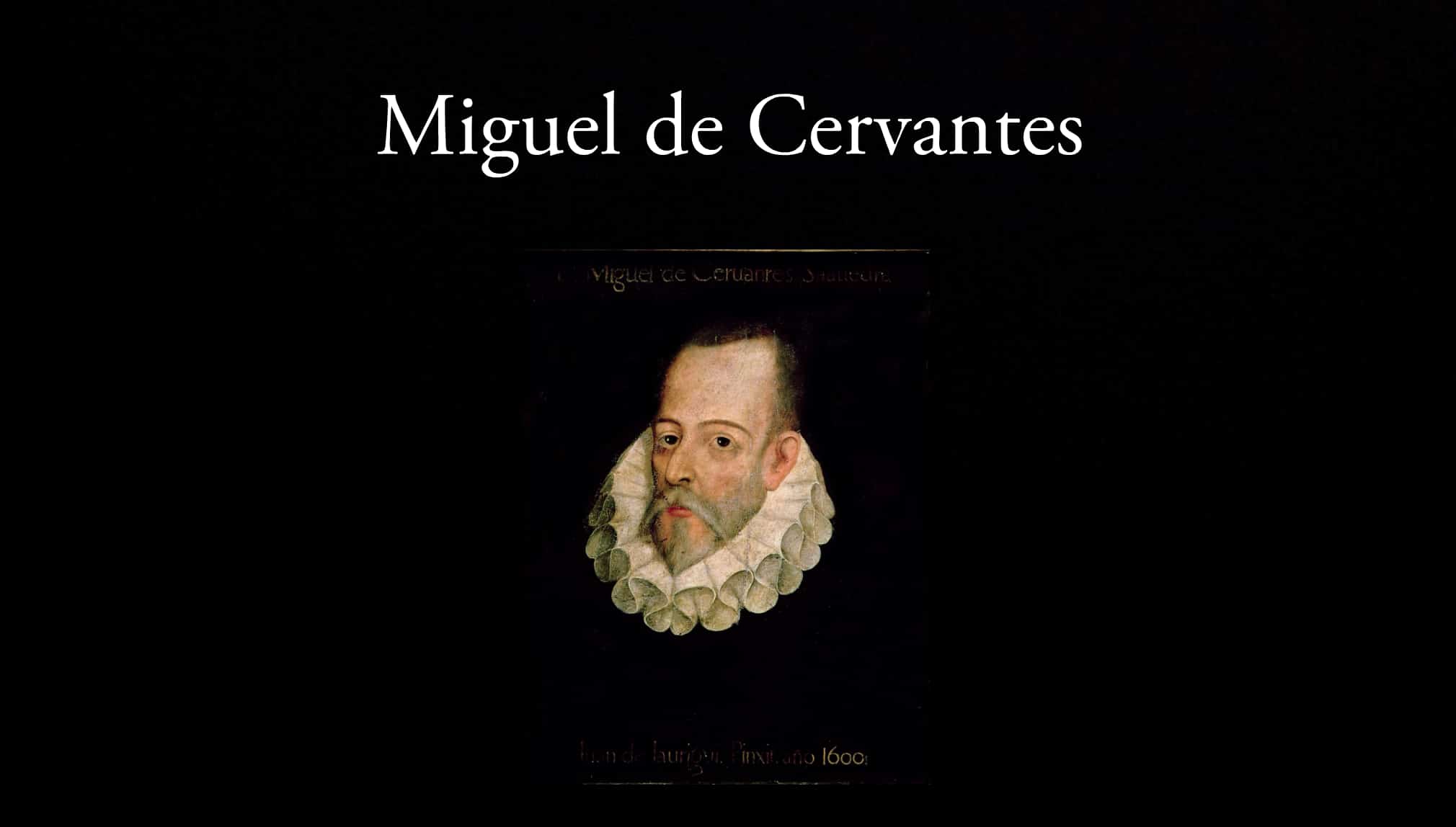
Miguel de Cervantes.
- Miguel de Cervantes (1547 - 1616).
- Alonso de Ercilla (1533-1594).
- Mateo Alemán (1547 - 1614).
- Francis of Quevedo (1580 - 1645).
- Luis de Góngora (1561 - 1627).
- Lope de Vega (1562 - 1635).
- Tirso de Molina (1579 - 1648).
- Pedro Calderón de la Barca (1600 - 1681).
- Baltasar Gracián (1601 - 1658).
XNUMXth century Spanish literature
The Enlightenment and Neoclassicism
Also known as the "century of lights", it was a period dominated by ideas based on reason, science and philosophy. Therefore, a critical spirit prevailed, plus a concept of human happiness supported by instruction and progress. Similarly, the lyrics reflected moderate voices of a return to pre-Renaissance values: aesthetic balance, harmony, and feelings.
Featured Authors
- Nicolás Fernández de Moratín (1737 - 1780) and his son Leandro (1760 - 1828).
- José Cadalso (1741 - 1782).
- Gaspar Melchor de Jovellanos (1744 - 1811).
- Juan Meléndez Valdés (1754 - 1817).
Preromanticism
This stage of Spanish letters kept the stylistic guidelines of Neoclassicism. However, authors such as the Swiss Jean-Jacques Rousseau (1712 - 1778) began to claim the importance of the human essence over knowledge. In this way, the “sensitive” influence of the Swiss writer influenced renowned Spanish writers, among them:
- Joseph Gallows.
- Manuel José Quintana (1772 - 1857).
- José Marchena (1768 - 1821).
- Alberto Lista (1775 - 1848).
In addition, the Englishman Thomas Chatterton (1752 - 1770) showed a sarcastic way and contrary to the rules of his environment. Other features of the literature of pre-romanticism were mysterious settings, freedom as a watchword, and expressive feedback between different languages. In fact, it was a literary movement that had representatives in almost all of Europe.
Here are a few:
- The French Louis-Sébastien Mercier (1740 - 1814) and Anne Louise Germaine Necker, better known as Madame de Staël (1766 - 1817).
- The Danish Johannes Edwald (1743 - 1781).
- The Italians Vittorio Alfieri (1749 - 1803) and Ippolito Pindemonte (1753 - 1828).
- The Germans Johan Gottfried Herder (1744 - 1803), Johann Wolfgang von Goethe (1749 - 1832) and Friedrich Schiller (1759 - 1805).
Romanticism in Spain
Beginning in the 1830s, writers appeared whose works deliberately contravened neoclassical norms. They were years of constant struggles between conservatives and liberals. In addition, the isolation of Spain from the rest of Europe led to a feeling of backwardness with respect to the industrialized countries.
Consequently, the lyrics served to shape some social demands. All amid passionate stories set in shady enclaves. The same way, freedom takes on a crucial relevance in the ideal of romanticism. Where the breadth of the landscapes and the beauty of nature are an analogy of free will.
Some emblematic writers, poets and playwrights of Romanticism
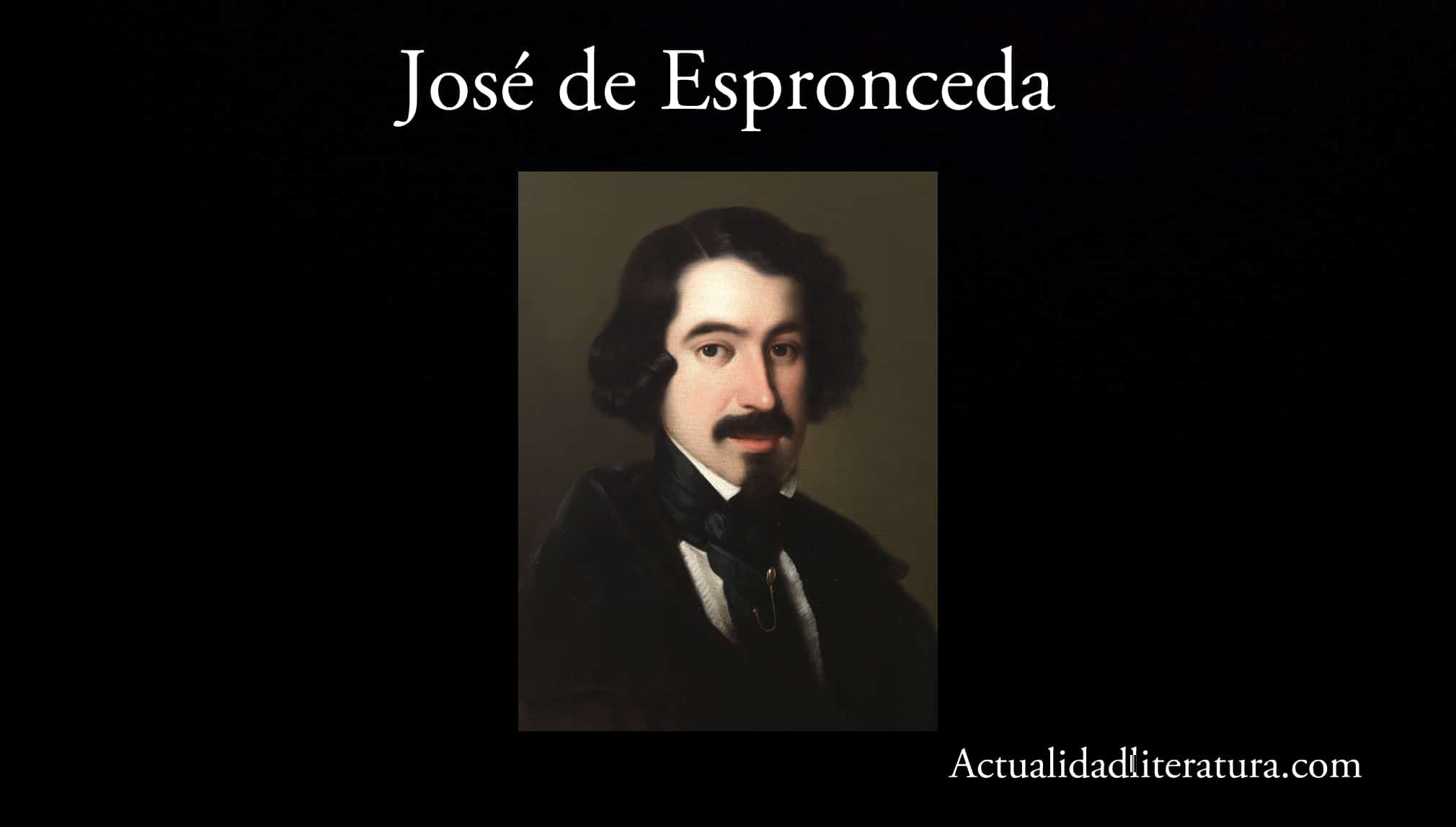
Joseph of Espronceda.
- Francisco Martínez de la Rosa (1787 - 1862).
- Ángel de Saavedra (1791 - 1865).
- Fernán Caballero; pseudonym of Cecilia Francisca Josefa Böhl (1796 - 1877).
- José de Espronceda (1808 - 1842).
- Antonio García Gutiérrez (1813 - 1884).
- Jose Zorrilla (1817 - 1893).
Late romanticism
This is the name given to the second half of the XNUMXth century, a period of transition between Romanticism and literary Realism. Although the novel and the theater moved quickly to the realistic lines, the poetry remained centered in the romantic ideal. What's more, compositions appeared with a condensed rhetoric and a lyrical more highlighted by metric innovations.
Most relevant poets of Spanish late romanticism
- Ramón de Campoamor (1817 - 1901).
- Gaspar Núñez de Arce (1834 - 1903).
- Augusto Ferrán (1835 - 1880).
- Gustavo Adolfo Becquer (1836 - 1870).
- Rosalía de Castro (1837 - 1885).
Realism
After the Restoration of 1875, in literature — and in artistic creation in general — the disinterested admiration of art was frowned upon. Thus, the compositions acquired conservative tones that did not pose many existential dilemmas (especially the bourgeois). Meanwhile, the ruling elite tried to take the first steps towards the industrialization of the nation.
Most prominent writers
- Juan Valera (1824 - 1905).
- Pedro Antonio de Alarcón (1833 - 1891).
- José María de Pereda (1833 - 1906).
- Benito Pérez Galdós (1843 - 1920).
- Emilia Pardo Bazán (1851 - 1921).
- Leopoldo Alas "Clarín" (1852 - 1901).
- Armando Palacio Baldés (1853 - 1938).
- Joaquín Dicenta (1862 - 1917).
Modernism
Features
- Located chronologically between the years 1880 and 1917.
- Creative irreverence.
- Stylistic transformation of language and metric composition.
- Disgruntled with the bourgeois elite.
Writers
98 Generation
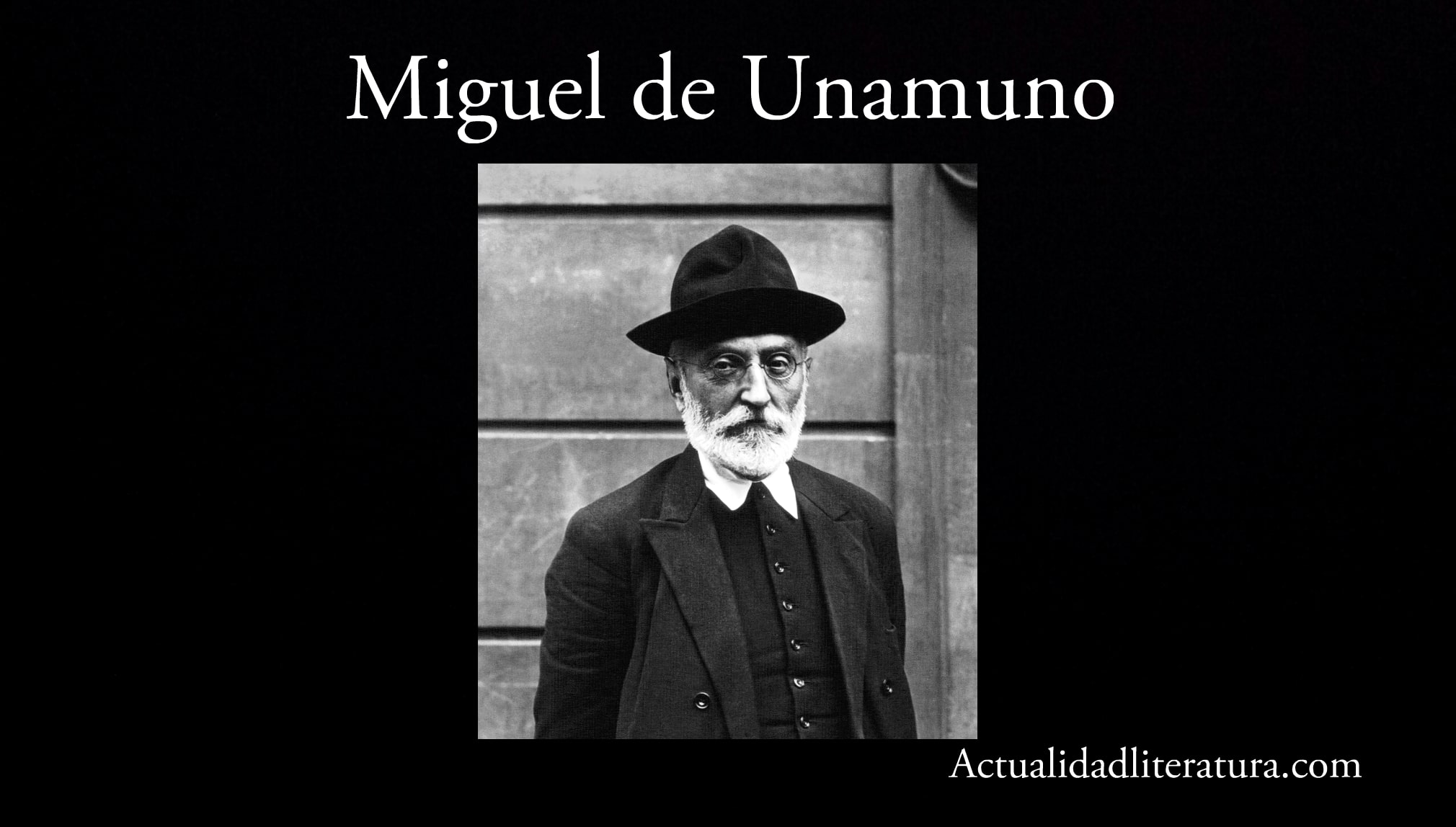
Miguel de Unamuno.
- Miguel de Unamuno (1864 - 1936).
- Ángel Ganivet García (1865 - 1898).
- Ramón del Valle-Inclán (1866 - 1936).
- Jacinto Benavente (1866 - 1954).
- Vicente Blasco Ibáñez (1867 - 1928).
- Ramón Menéndez Pidal (1869 - 1968).
- The Baroja brothers: Ricardo (1871 - 1953) and Pío (1872 - 1956).
- José Martínez Ruíz “Azorín” (1873 - 1967).
- Ramiro de Maeztu (1874 - 1936).
- Antonio Machado (1875 - 1939).
- Enrique de Mesa (1878 - 1929).
Generation of 1914 - Novecentismo
- Manuel Azaña (1880 - 1940).
- Ramón Pérez de Ayala (1880 - 1962).
- Juan Ramón Jiménez (1881 - 1958). Platero and me.
- José Ortega y Gasset (1883 - 1955).
- Gregorio Marañón (1887 - 1960).
- Gabriel Miró (1879 - 1930).
- Ramón Gómez de la Serna (1888 - 1963).
Other Spanish literary manifestations of the XNUMXth century
27 Generation
It should be noted that this avant-garde movement integrated other arts, apart from literature. Two of its most obvious characteristics are the close personal relationships developed between its members and its breadth of styles. Well its writers did not renounce the cultured tradition inherited from the Golden Age and, at the same time, they were able to combine elements of surrealism and neopopularism.
Best known poets of the Generation of 27
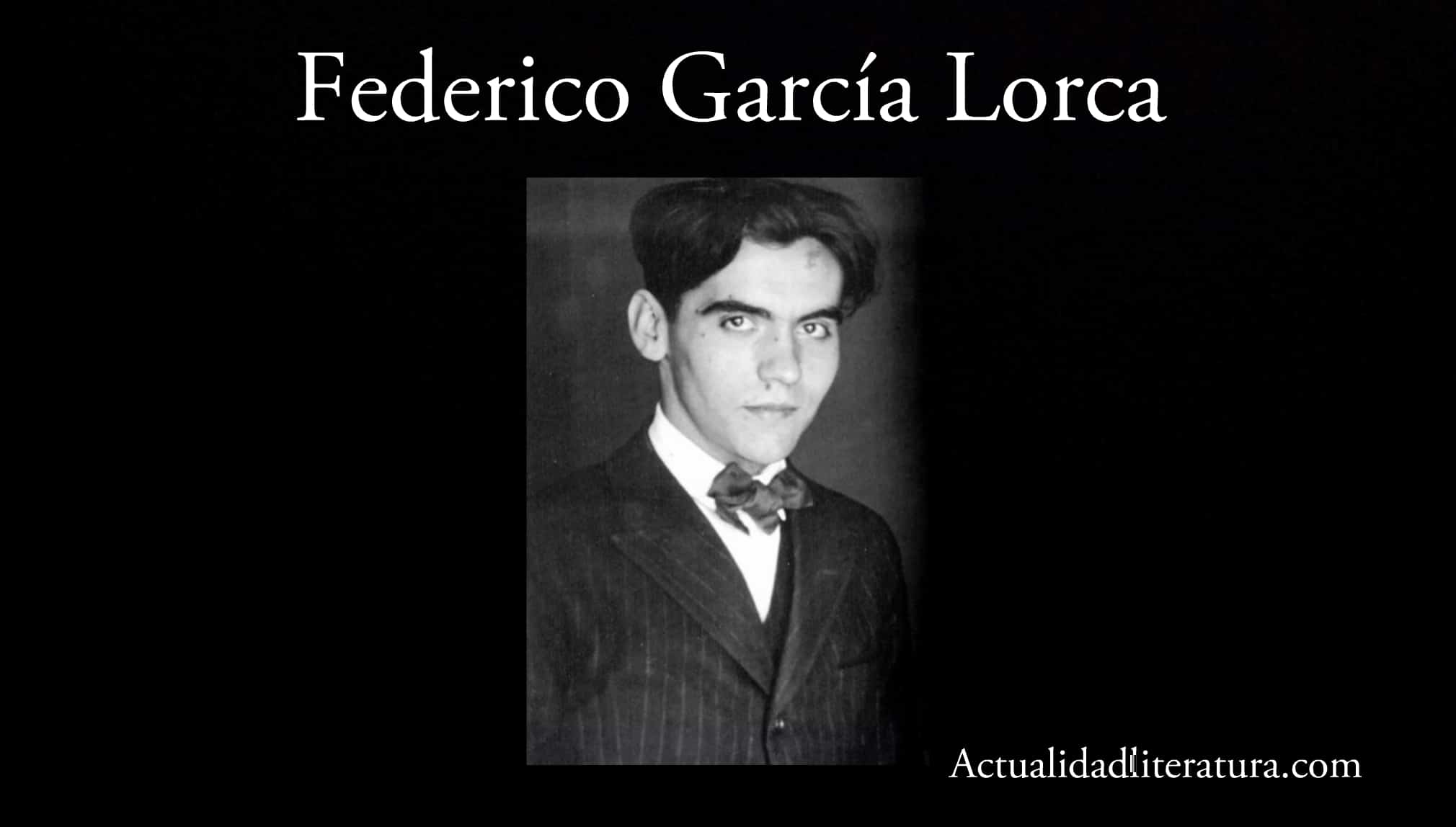
Federico García Lorca.
- Pedro Salinas (1891 - 1951).
- Adriano del Valle (1895 - 1957).
- Manuel Altolaguirre (1905 - 1959).
- Juan José Domenchina (1898 - 1959).
- Federico García Lorca (1898 - 1936).
- Emilio Prados (1899 - 1962).
- Luis Cernuda (1902 - 1963).
- Jorge Guillén (1893 - 1984).
- Vicente Aleixandre (1898 - 1984).
- Gerardo Diego (1896-1987).
- Dámaso Alonso (1898-1990).
- Rafael Alberti (1902-1999).
- Pedro García Cabrera (1905 - 1981).
- Miguel Hernández (1910 - 1942).
Spanish postwar novel
Developed during the Franco regime (1939 - 1972) in Spain. At the same time, this literary manifestation is subdivided into three stages: the existential novel (1940s), the social novel (1950s) and the structural novel (since 1970).
Some of the most representative works and authors
- Nada (1945), by Carmen Laforet (1921 - 2004).
- The shade of the cypress is elongated (1948), by Miguel Delibes (1920 - 2010).
- The Hive (1951), by Camilo José Cela (1916 - 2002).
- The ferris wheel (1951), by Luis Romero (1916 - 2009).
- Cypress trees believe in God (1953), by José María Gironella (1917 - 2003).
- Times of silence (1961), by Luis Martín Santos (1924 - 1964).
Latin American Magic Realism
This movement emerged in the middle of the XNUMXth century in Latin America. It is distinguished by its aesthetic details and a perspective that tries to show the unreal or rare as a true and everyday matter. Where there is no lack of exalted expression of emotions or the particular idiosyncrasy of the Latin American when facing pressing situations.
Maximum exponents
- Arturo Uslar Pietri (Venezuela).
- Gabriel Garcia Marquez (Colombia).
- Juan Rulfo, Carlos Fuentes, Elena Garro, Laura Esquivel, Rodolfo Naró and Felipe Montes (Mexico).
- Jorge Amado (Brazil).
- Miguel Angel Asturias (Guatemala).
- Demetrio Aguilera Malta and José de la Cuadra (Ecuador).
- Mireya Robles (Cuba).
- Isabel Allende (Chile).
- Manuel Mujica Lainez (Argentina).
Classics of Spanish literature
- Count Lucanorby Don Juan Manuel.
- La Celestinaby Fernando Rojas.
- Coplas to the death of his fatherby Jorge Manrique.
- Lazarillo de tormes (anonymous).
- The Ingenious Gentleman Don Quijote of La Manchaby Miguel de Cervantes.
- Fuenteovejunaby Lope de Vega.
- Life is a Dream, by Pedro Calderón de la Barca.
- Don Juan Tenorioby José Zorrilla.
- Rimasby Gustavo Adolfo Bécquer.
- Fortunata and Jacintaby Benito Pérez Galdós.
- Solitudesby Antonio Machado.
- Bohemian lightsby Ramón del Valle-Inclán.
- Saint Manuel Bueno, martyrby Miguel de Unamuno.
- La casa de Bernarda Albaby Federico García Lorca.
- The Holy Innocentsby Miguel Delibes.
- One Hundred Years of Solitudeby Gabriel García Márquez
- The city and the Dogsby Mario Vargas Llosa.
- LIKE WATER FOR CHOCOLATEby Laura Esquivel.